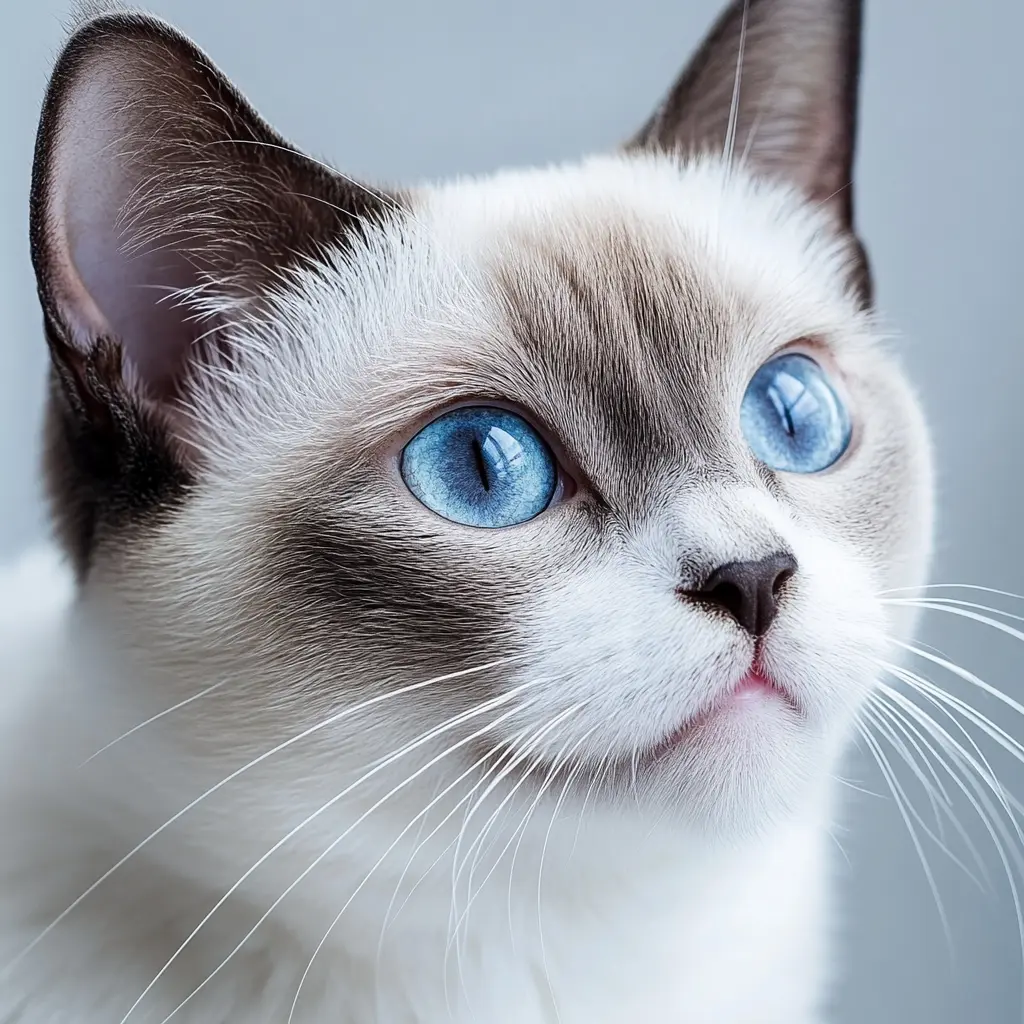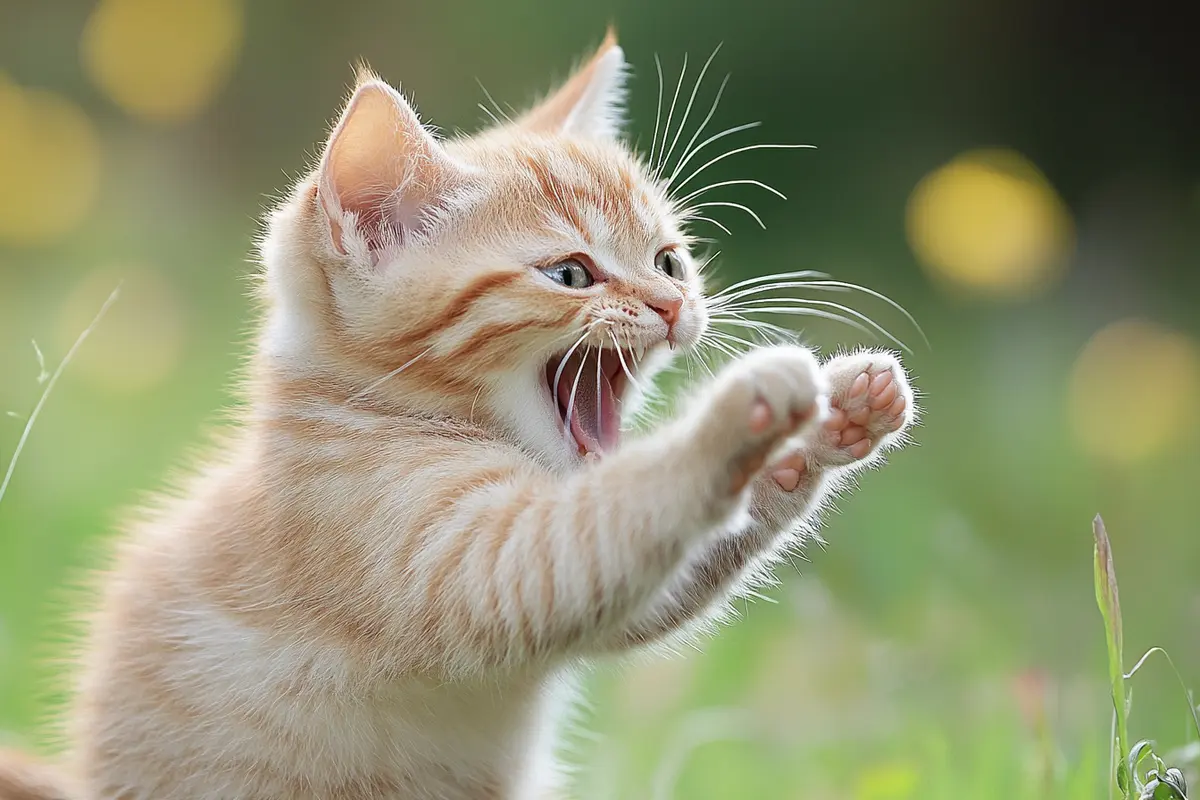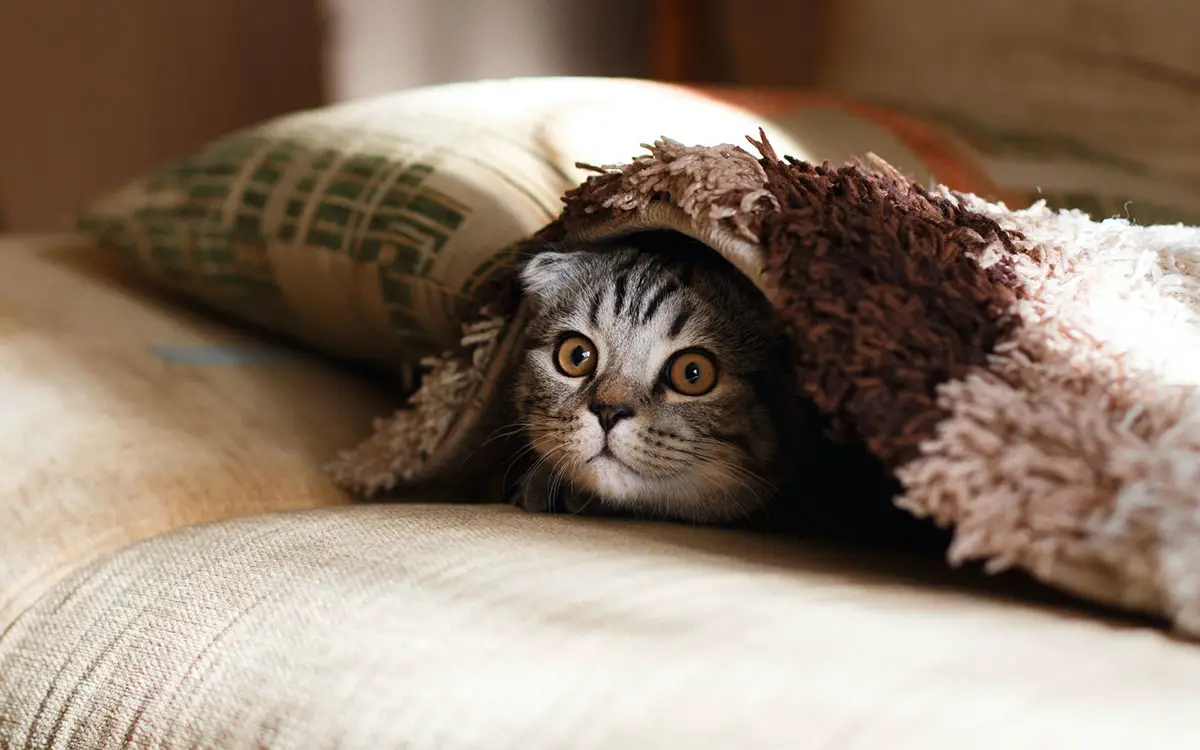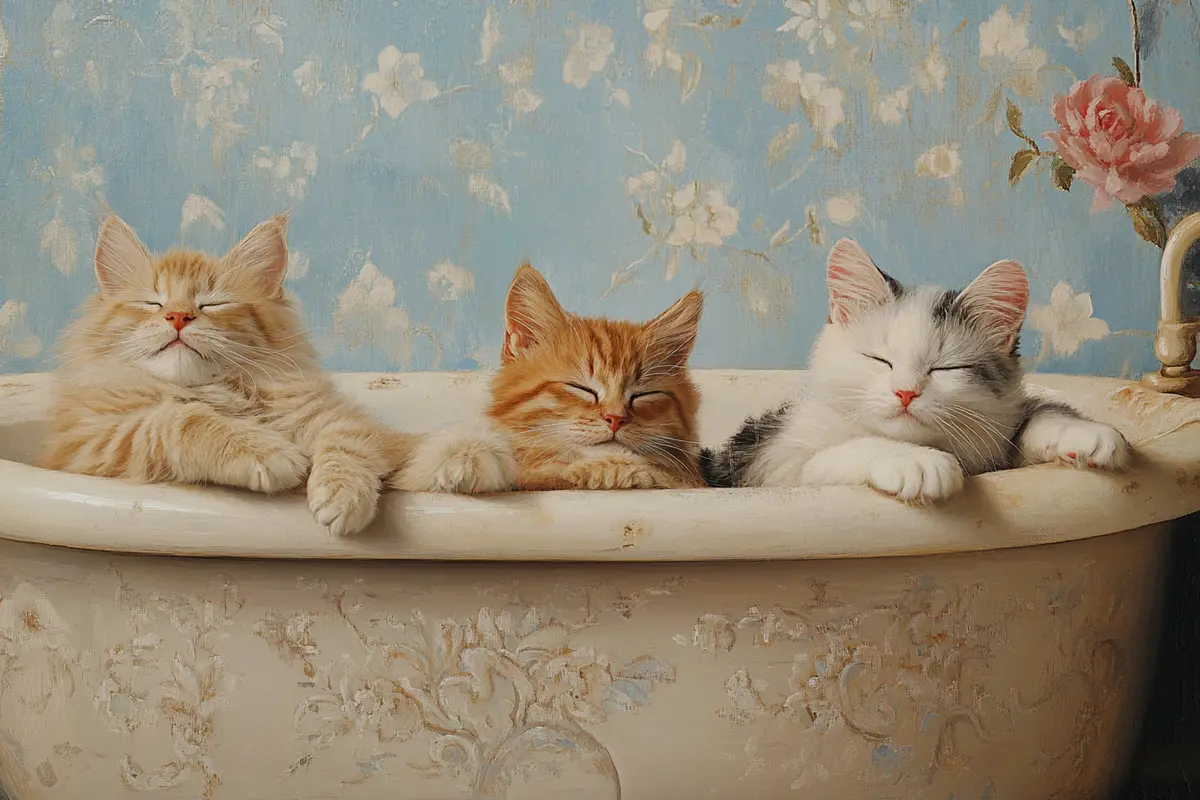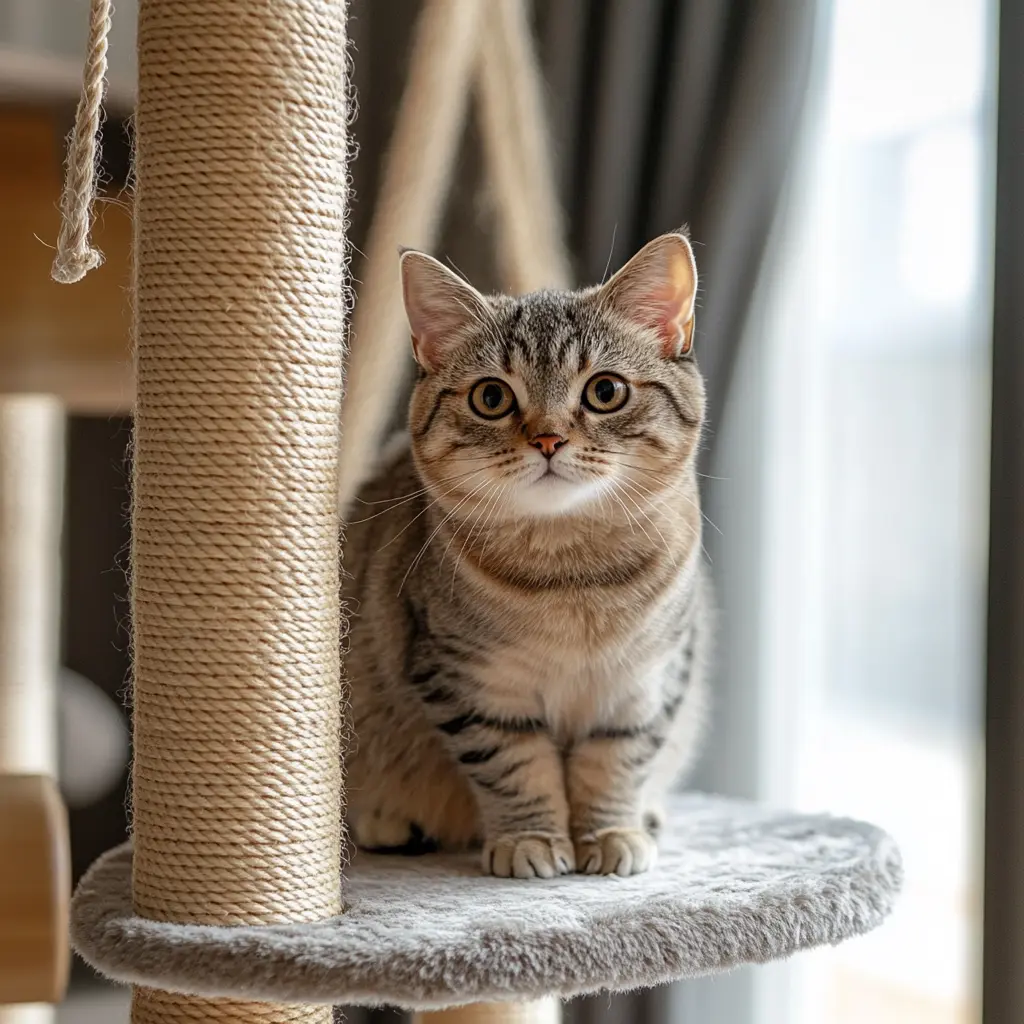Are you longing for a feline companion but dread the sniffles and sneezes that often accompany cat ownership? The good news is that ‘Hypoallergenic’ cats can be a reality for many allergy sufferers. Therefore, let’s explore the world of ‘hypoallergenic’ cats, debunk myths, and discover which breeds might allow you to finally welcome a furry friend into your home without constant allergy flare-ups. For example, certain breeds produce less of the Fel d 1 protein, the primary culprit behind cat allergies.
What Makes a Cat ‘Hypoallergenic’, Anyway?
‘Hypoallergenic’ isn’t about being completely allergy-proof. Indeed, it means that a cat produces fewer allergens than other cats. The major allergen is a protein called Fel d 1. This protein is found in cat saliva, skin glands, and urine. When cats groom themselves, the saliva dries and flakes off, becoming airborne and triggering allergic reactions in sensitive individuals.
Understanding Fel d 1: The Culprit Behind Allergies
Fel d 1 is a small protein that easily becomes airborne. Additionally, it sticks to surfaces like furniture and clothing. Consequently, even homes without cats can contain Fel d 1. The levels of Fel d 1 vary significantly between individual cats. For instance, factors like breed, sex, and age can influence production.
Debunking the Myth of Truly ‘Hypoallergenic’ Cats
No cat is 100% ‘hypoallergenic’. However, some breeds produce significantly less Fel d 1. Therefore, allergy sufferers may experience fewer or milder symptoms around these cats. It’s crucial to spend time with a cat before adopting it to gauge your reaction. For example, visiting a breeder or foster home can help determine your sensitivity.
Top Cat Breeds for Allergy Sufferers
Several breeds are known for producing less Fel d 1. Accordingly, they’re often recommended as ‘hypoallergenic’ options. While individual reactions vary, these breeds are generally considered to be better choices for people with allergies.
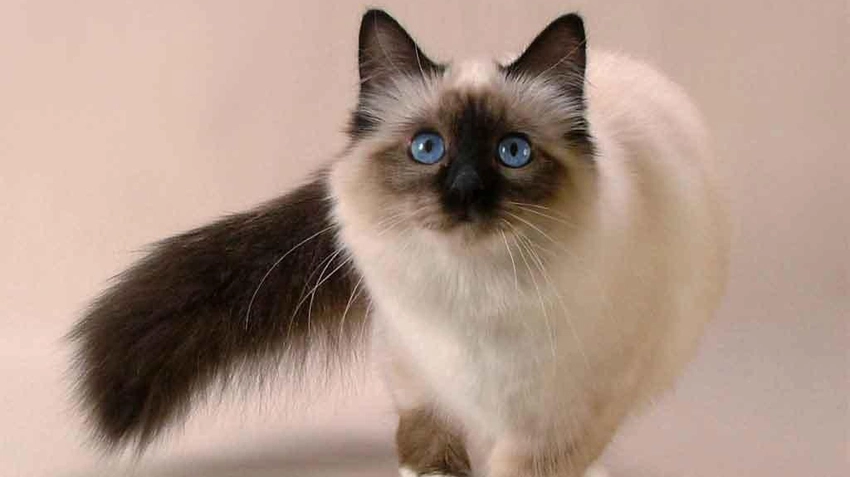
Balinese: The “Longhaired Siamese”
The Balinese cat is known for its outgoing personality. Moreover, it produces less Fel d 1 than many other breeds. Therefore, allergy sufferers often find them more tolerable. Balinese cats are intelligent and playful, making them wonderful companions. In addition, they have a single-layered coat that sheds less frequently than double-coated breeds.

Siberian: A Russian Beauty
Despite its long fur, the Siberian cat is considered ‘hypoallergenic’. Indeed, this is because it produces less Fel d 1. Siberian cats are known for their affectionate and playful nature. For instance, they often enjoy playing fetch and interacting with their families.
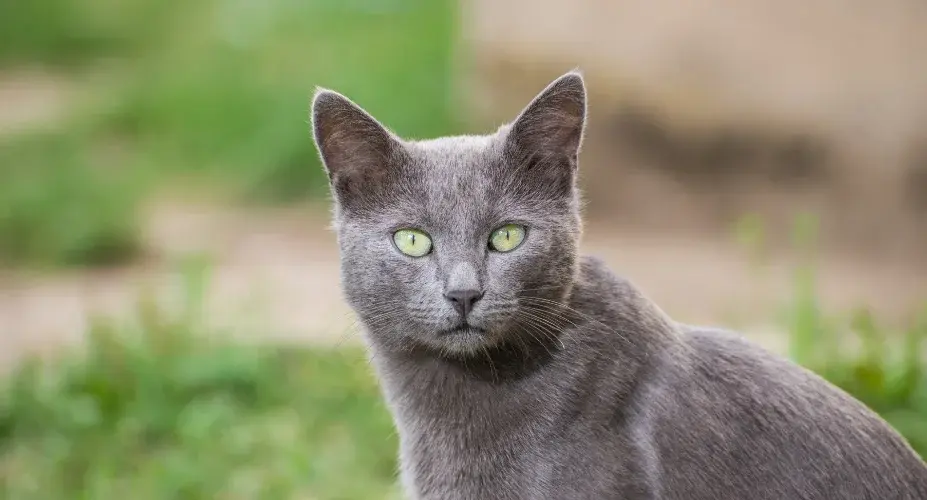
Russian Blue: A Shimmering Delight
The Russian Blue cat is prized for its stunning silver-blue coat. Likewise, they produce relatively low levels of Fel d 1. Russian Blue cats are intelligent and gentle. Furthermore, they tend to be reserved with strangers but are incredibly loyal to their owners.
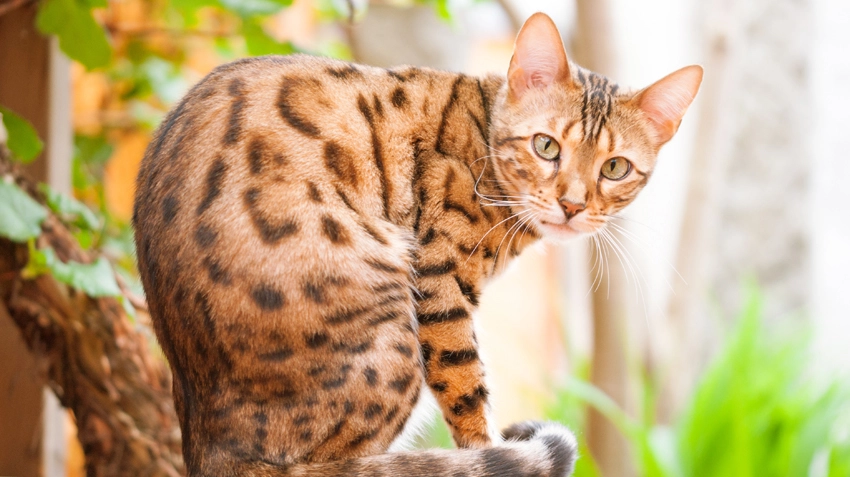
Bengal: The Leopard Lookalike
Bengals are known for their striking spotted coats. Also, they produce less Fel d 1 compared to other breeds. Therefore, Bengal cats are active and playful. Additionally, they require a lot of stimulation and enjoy interactive play.
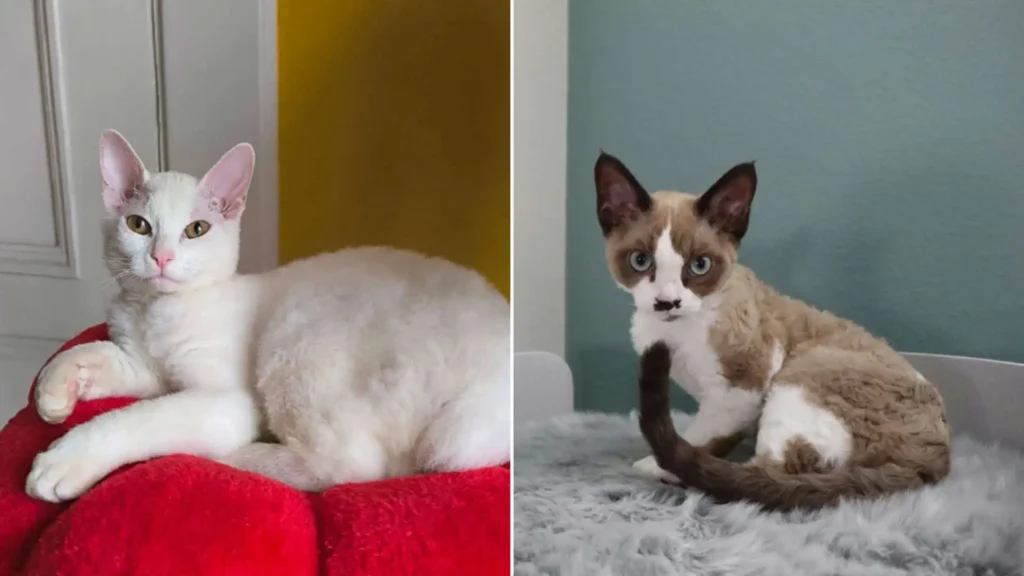
Cornish Rex and Devon Rex: The Curly-Coated Wonders
These breeds have unique, curly coats. Cornish Rex and Devon Rex cats have less hair, meaning less surface area for Fel d 1 to accumulate. As a result, they are often good choices for allergy sufferers. They are playful, affectionate, and enjoy being the center of attention. Moreover, these breeds need regular grooming to prevent oil buildup on their skin.
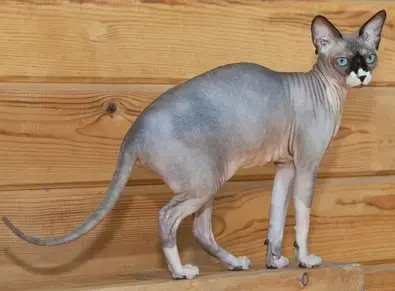
Sphynx: The Hairless Wonder
The Sphynx cat, known for its lack of fur, seems like an obvious choice for allergy sufferers. Since they don’t have fur to trap allergens, dander is reduced. Therefore, this minimizes the spread of Fel d 1. However, they still produce the allergen in their saliva and skin. Regular bathing is necessary to remove oil buildup on their skin.
Managing Allergies: Beyond Breed Selection
Choosing a ‘hypoallergenic’ breed is just one piece of the puzzle. Several other strategies can help manage cat allergies and make living with a feline friend more comfortable.
Creating an Allergy-Friendly Home Environment
- Regular Cleaning: Vacuum frequently, especially carpets and upholstery. Use a HEPA filter vacuum to trap allergens effectively.
- Air Purifiers: Invest in an air purifier with a HEPA filter. These devices can remove airborne allergens from the air.
- Limit Carpeting: Hardwood or tile floors are easier to clean. Therefore, they are better choices for allergy sufferers. If you have carpets, consider steam cleaning them regularly.
- Wash Bedding Regularly: Wash your bedding weekly in hot water to kill dust mites and remove allergens.
- Designated Cat-Free Zones: Consider making your bedroom a cat-free zone. This provides a sanctuary from allergens.
- Furniture Choices: Choose furniture with washable covers. Thus, this makes it easier to remove allergens.
Grooming and Hygiene Practices
- Regular Brushing: Brush your cat regularly to remove loose fur and dander. Do this outside or in a well-ventilated area.
- Bathing Your Cat: Bathing your cat can help reduce allergens. However, not all cats tolerate baths. Start slowly and use a gentle, hypoallergenic shampoo.
- Wiping Down Your Cat: If your cat dislikes baths, wipe them down with a damp cloth. This can remove surface allergens.
- Hand Washing: Always wash your hands after handling your cat. This prevents the spread of allergens to your face and other surfaces.
Medical Interventions for Allergy Sufferers
- Antihistamines: Over-the-counter or prescription antihistamines can relieve allergy symptoms.
- Nasal Sprays: Nasal corticosteroids can reduce inflammation in the nasal passages.
- Allergy Shots (Immunotherapy): Allergy shots can help desensitize you to cat allergens over time. This is a long-term solution but can be very effective.
- Consult an Allergist: An allergist can perform allergy testing to determine your sensitivity level. They can also recommend the best course of treatment.
The Importance of Spending Time With a Cat Before Adopting
Allergies are highly individual. Therefore, what works for one person may not work for another. Spending time with a cat before adopting is essential to assess your reaction.
Visiting Breeders or Foster Homes
Visit breeders or foster homes to interact with different ‘hypoallergenic’ breeds. This allows you to gauge your reaction in a controlled environment. Moreover, ask the breeder or foster parent about the cat’s history and allergen levels.
Consider Fostering
Fostering a cat is an excellent way to test your allergies long-term. This allows you to live with the cat in your home and see how your allergies respond over time. Additionally, fostering helps you determine if you can manage your allergies effectively.
Understanding Individual Variation
Even within ‘hypoallergenic’ breeds, individual cats can produce varying levels of Fel d 1. Therefore, it’s crucial to react to a specific cat, not just the breed. Similarly, factors like the cat’s age, sex, and overall health can influence allergen production.
The Role of Diet and Supplements
Some believe that a cat’s diet can influence allergen production. While research is limited, providing a high-quality diet is always beneficial for your cat’s overall health.
Omega-3 Fatty Acids
Omega-3 fatty acids can improve skin health and reduce shedding. Therefore, supplementing your cat’s diet with omega-3s may help reduce allergen production. However, consult with your veterinarian before making significant dietary changes.
Hydration
Ensuring your cat stays well-hydrated is crucial for overall health. Dehydration can lead to dry skin and increased shedding. Therefore, providing fresh water and considering wet food can help keep your cat hydrated.
Limited Ingredient Diets
Some cats may have sensitivities or allergies to certain ingredients in their food. Switching to a limited ingredient diet may improve skin health and reduce shedding. However, consult with your veterinarian before making significant dietary changes.
The Emotional Benefits of Cat Ownership
Despite the challenges of allergies, the emotional benefits of cat ownership are undeniable. Cats can provide companionship, reduce stress, and improve overall well-being.
Companionship and Support
Cats offer companionship and unconditional love. For instance, they can be a source of comfort during difficult times. Likewise, their presence can reduce feelings of loneliness and isolation.
Stress Reduction
Petting a cat has been shown to lower blood pressure and reduce stress. The act of petting releases endorphins, which have mood-boosting effects. Therefore, spending time with your cat can improve your overall mental health.
Improved Mental Well-being
Cats can bring joy and laughter to your life. Their playful antics and affectionate behavior can lift your spirits and improve your overall sense of well-being. Owning a cat can also provide a sense of purpose and responsibility.
Final Thoughts: Making Informed Decisions About ‘Hypoallergenic’ Cats
Living with cat allergies can be challenging. However, it doesn’t necessarily mean you can’t own a cat. By choosing a ‘hypoallergenic’ breed, implementing allergy management strategies, and spending time with a cat before adopting, you can increase your chances of successfully coexisting with a feline friend. Remember to consult with an allergist and veterinarian to create a comprehensive allergy management plan. With careful planning and commitment, you can enjoy the love and companionship of a cat without constant allergy flare-ups.
For example, consider starting with a trial period by fostering a cat to see how your allergies react. In conclusion, informed decisions and proactive management can make cat ownership a reality for many allergy sufferers.
Frequently Asked Questions (FAQs)
What is the most ‘hypoallergenic’ cat?
No cat is 100% ‘hypoallergenic’. However, breeds like the Sphynx, Balinese, Siberian, and Russian Blue are often recommended due to producing less of the Fel d 1 protein.
What cat is best for someone with allergies?
The best cat for someone with allergies depends on individual sensitivity levels. Breeds that produce less Fel d 1, like the Siberian or Balinese, are often good choices. Spending time with a cat before adopting is crucial to gauge your reaction.
What does ‘hypoallergenic’ mean in cats?
In cats, ‘hypoallergenic’ means that the breed produces fewer allergens, particularly the Fel d 1 protein, compared to other breeds. These cats may cause milder allergic reactions in sensitive individuals.
Does ‘hypoallergenic’ mean allergy-free?
No, ‘hypoallergenic’ does not mean allergy-free. It simply means that the cat produces fewer allergens. Allergy sufferers may still experience symptoms, but they are often less severe.
